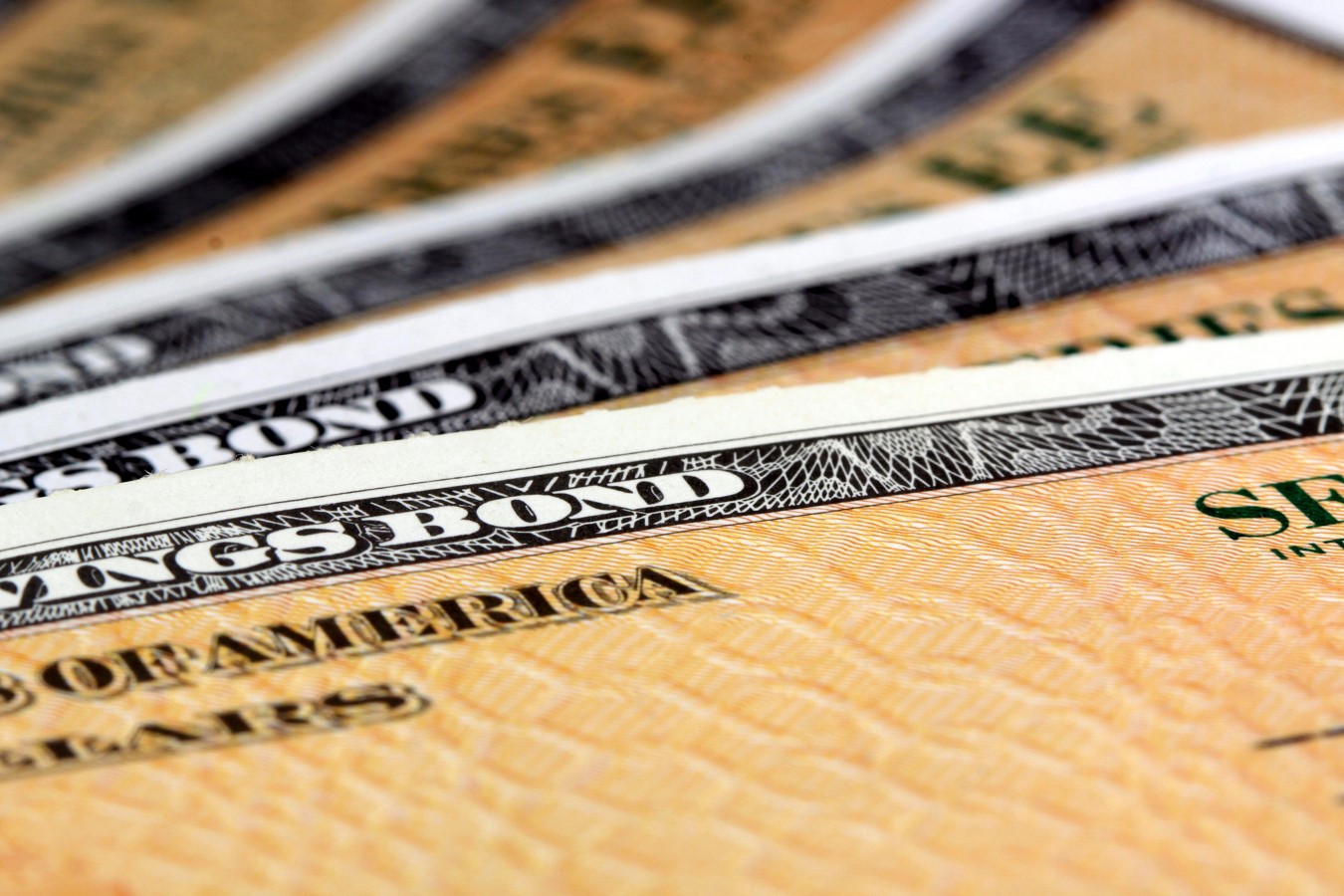Trump

During his 2024 campaign, Donald Trump pledged that seniors would no longer pay taxes on their Social Security benefits.
But that promise is notably absent in the new Republican tax bill making its way through Congress.
While tip income and corporate profits get big breaks, older Americans will keep paying taxes on the benefits they spent decades earning.

The legislation includes several headline-grabbing giveaways, like eliminating taxes on overtime pay and making the 2017 Trump tax cuts permanent.
But the widely expected tax exemption for Social Security income is nowhere to be found. This omission has left many seniors feeling misled and many advocacy groups frustrated.
The Byrd Rule: A Convenient Excuse?

Republican lawmakers say the reason they didn’t cut taxes on Social Security benefits comes down to the “Byrd Rule.”
This rule prevents changes to entitlement programs like Social Security through the budget reconciliation process.
Republicans have a slim majority to get the tax bill passed without any Democratic support.
Critics argue it’s a political smokescreen, used when it’s convenient to avoid hard decisions.
The ‘Senior Bonus’ Sounds Nice — Until You Do the Math

Instead of eliminating taxes on benefits, the GOP has proposed a new “senior bonus” — a $4,000 tax deduction for people 65 and older.
While that sounds helpful, the actual savings are modest.
For most seniors, this bonus amounts to less than $500 a year; barely a dent in a single month’s expenses.
Millions Still Taxed on Benefits They Were Promised Would Be Safe

Currently, about 40% of Social Security recipients; nearly 27 million people, pay federal income taxes on their benefits.
These taxes were introduced in 1984, but the income thresholds haven’t been adjusted for inflation in decades.
As a result, more seniors get taxed each year, even if their purchasing power hasn’t changed.

Social Security and Medicare rely on taxes from benefits to stay solvent.
In 2024 alone, this taxation added $50 billion to the trust funds.
While eliminating these taxes would offer short-term relief, experts warn it could bring forward the date when the system runs out of money; potentially leading to automatic benefit cuts by 2032.
Trust Fund Threat: Would a Tax Cut Help or Hurt Seniors Long-Term?

Fiscal experts say eliminating taxes on benefits could do more harm than good.
It might hasten the depletion of Social Security’s trust fund by a full year and Medicare’s by six years. That could trigger across-the-board cuts — something that would disproportionately hurt lower-income seniors who rely on every penny.
Why Some Call It a “Bait and Switch”

Senior advocates describe the proposed changes as a bait and switch.
Trump offered full tax relief on benefits but delivered only a minor deduction. “You give some seniors a benefit upfront,” one advocate said, “but don’t tell them it might mean everyone takes a hit down the line.”
How Much Will the ‘Senior Bonus’ Actually Save You?

Tax experts estimate that most seniors would save between $400 and $500 per year under the proposed deduction. While any relief is welcome, it’s a far cry from a full tax exemption. Critics say the bonus is more symbolic than substantive — a talking point more than real help.
What Seniors Should Watch for as the Bill Moves Forward

The bill still has to clear the full House and then the Senate.
While changes are possible, few expect the Social Security exemption to be added back in.
Seniors and their advocates will be watching closely; and likely pushing hard for more meaningful tax relief in future revisions.
Like Financial Freedom Countdown content? Be sure to follow us!
Retirement Dreams on Hold as 73% of the Sandwich Generation Support Parents and Adult Kids, Survey Finds

If you’ve ever flown on a plane, you know the drill: “Put your own oxygen mask on first before assisting others.” It’s easy advice to hear, but much harder to live by — especially if you’re caring for aging parents and supporting children. Welcome to life in the sandwich generation. Many people in their 40s and 50s face this dual responsibility right when their own retirement savings should be hitting full speed. A new survey conducted by Athene of the Sandwich Generation, found that nearly three quarters (73%) of respondents have adjusted their retirement goals to support their adult children or aging relatives, including: – Delaying retirement (34%) – Using retirement assets to support their family (22%) – Not planning to retire at all (9%) If you’re feeling squeezed from both sides, you’re not alone. Here’s what you need to know to survive and thrive during this overwhelming phase of life.
Treasury I Bond Rates Increases from 3.11% to 3.98% – But with a 1.1% Fixed Rate Locked for 30 Years, Is It Still a Smart Investment?

Inflation has become a significant concern. During the past three years of surging inflation, I bonds offered a safe and attractive investment option. However, with recent lower CPI numbers, the current composite rate for I bonds bought after May 1, 2025 will be 3.98%. The rate has slightly increased from the prior 3.11% but is a sharp decline from the enticing 9.62% annual rate available in May 2022 or even the 4.28% available for bonds purchased before October 31st, 2024. As rates decrease, investors are now considering whether it’s still worth buying Series I bonds.

While singles may have fewer Social Security filing options than married couples, smart planning around when to claim benefits can pay off for anyone, including those flying solo.
Maximize Your Benefits: Essential Social Security Strategies for Singles

Did you find this article helpful? We’d love to hear your thoughts! Leave a comment with the box on the left-hand side of the screen and share your thoughts.
Also, do you want to stay up-to-date on our latest content?
1. Follow us by clicking the [+ Follow] button above,
2. Give the article a Thumbs Up on the top-left side of the screen.
3. And lastly, if you think this information would benefit your friends and family, don’t hesitate to share it with them!

John Dealbreuin came from a third world country to the US with only $1,000 not knowing anyone; guided by an immigrant dream. In 12 years, he achieved his retirement number.
He started Financial Freedom Countdown to help everyone think differently about their financial challenges and live their best lives. John resides in the San Francisco Bay Area enjoying nature trails and weight training.
Here are his recommended tools
Personal Capital: This is a free tool John uses to track his net worth on a regular basis and as a retirement planner. It also alerts him wrt hidden fees and has a budget tracker included.
Platforms like Yieldstreet provide investment options in art, legal, real estate, structured notes, venture capital, etc. They also have fixed-income portfolios spread across multiple asset classes with a single investment with low minimums of $10,000.
Source: Trump